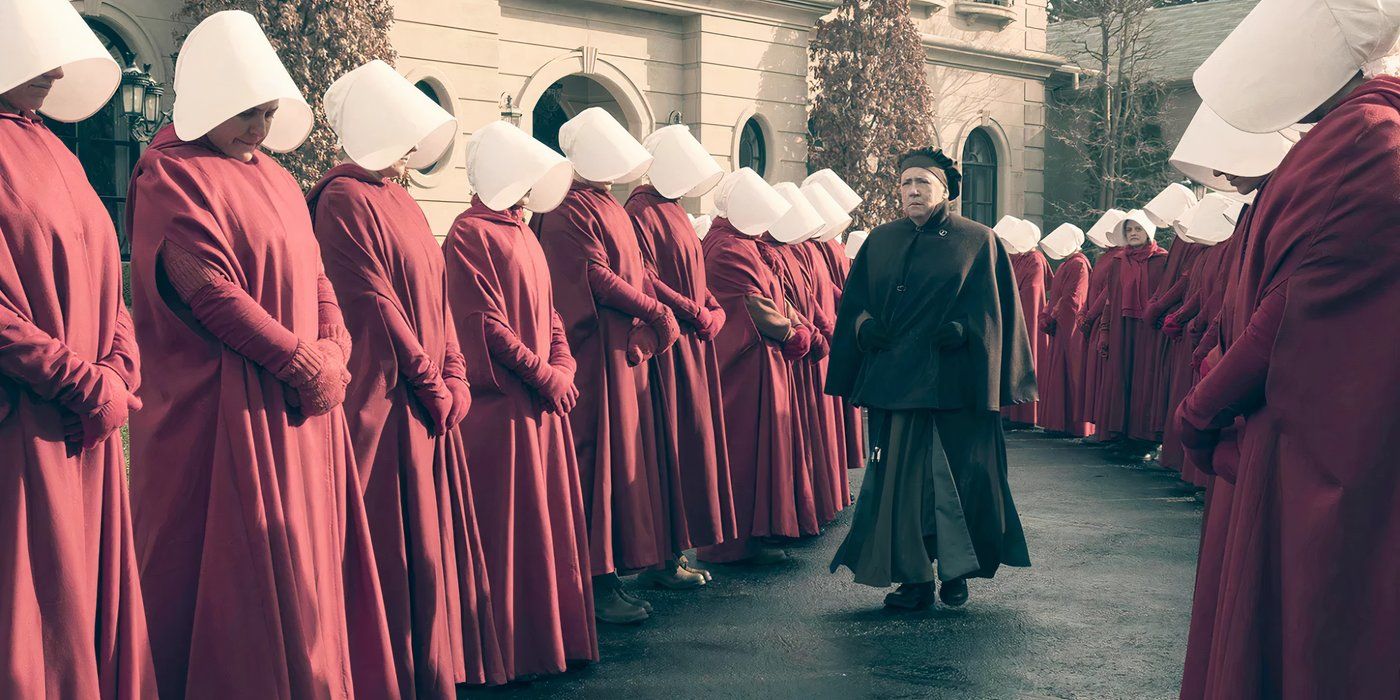Among all shows that expertly tantalize viewers with harrowing scenes and the gradual unraveling of justice, none does it quite like Hulu’s rendition of “The Handmaid’s Tale.” The grim and oppressive society of Gilead left audiences shuddering for six seasons, culminating in a poignant ending. Reflecting on the series now, it’s clear that The Handmaid’s Tale has consistently used subtle symbols and foreshadowing. One of the most heart-wrenching instances unfolds in Season 1, Episode 5 (“Faithful”).
The episode momentarily reveals a brief flashback, which is outshone by the ongoing conflicts of the present day. However, this glimpse serves as a chilling foreshadowing for June Osborne’s future in Gilead. By now, viewers have grasped the ominous meaning behind the central image – four girls wearing red coats. This scene doesn’t just suggest the rise of Gilead; it subtly and eerily marks June with the color symbolizing her impending oppression, unbeknownst to her as she continues to make choices that ultimately lead to her tragic destiny. In essence, her worst fear was silently lurking in the backdrop.
An Early Foreshadowing of Gilead Occurs in a Flashback
An Omen Unseen By June
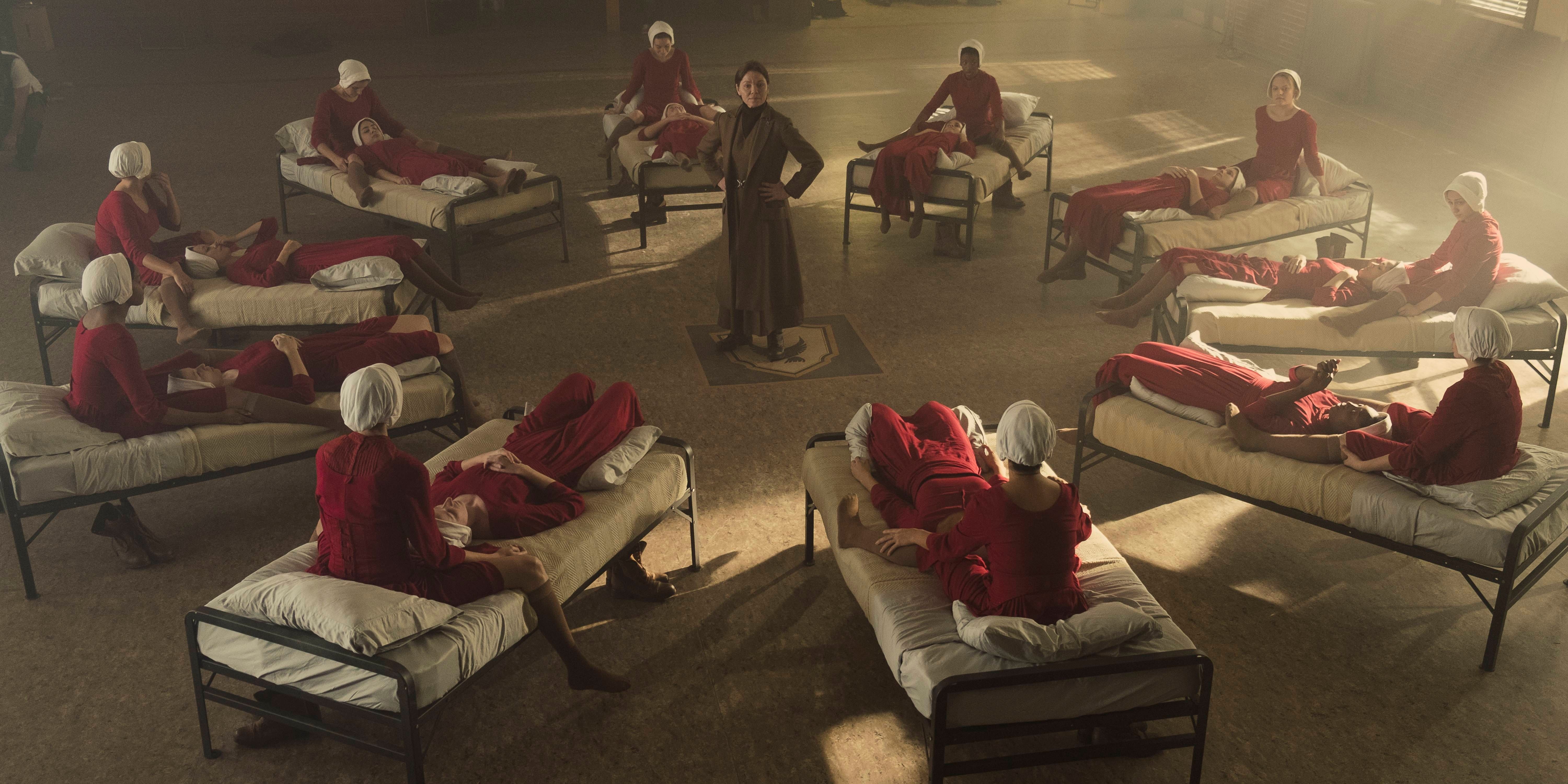
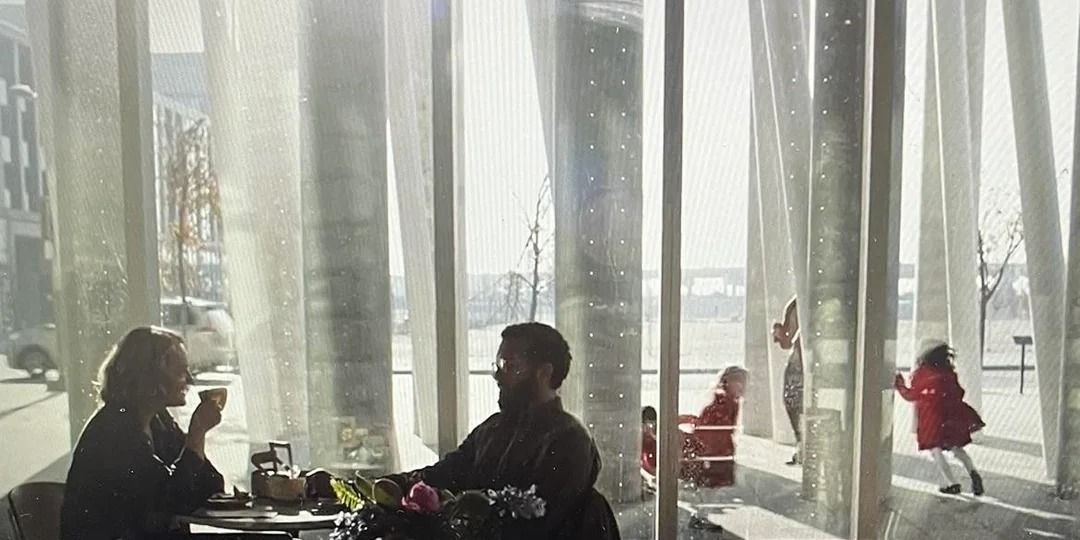
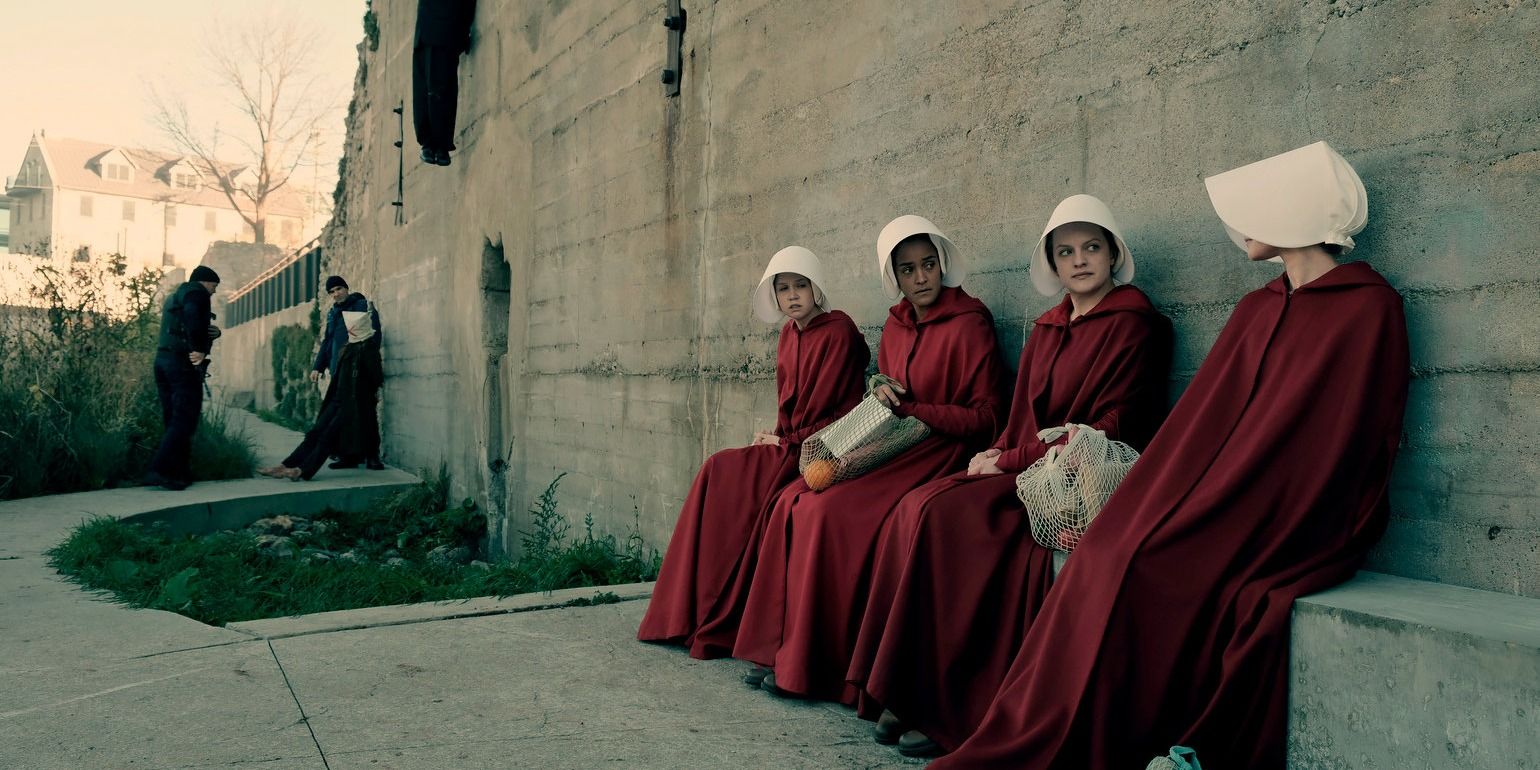
By the time Season 1, episode 5 of “The Handmaid’s Tale” titled “Faithful” is broadcasted, viewers have already become acquainted with: the ominous significance of the deep crimson red that characterizes the lives of Handmaids, a color symbolizing their ritualized sexual servitude, their role as incubators, and the perpetual cycle of subjugation. Therefore, when the plot takes us back to pre-Gilead times, revealing June (Elisabeth Moss) enjoying an intimate coffee shop encounter with Luke (O-T Fagbenle) during the early, clandestine stages of their affair, viewers catch a hint of the impending darkness.
In the midst of June and Luke’s private realm, four young girls, all in bright scarlet coats, are momentarily visible through a large window, engaging in an organized play session on the street outside. For June, at that pre-Gilead instant, the scene might seem odd or merely a new school uniform or simple fun, swiftly forgotten. However, for the audience who are privy to the chilling understanding of what red will eventually represent, the image is jarring and visually unsettling from the get-go. This fleeting backdrop is potent enough to stir a sense of powerlessness in the viewers, prompting an urgent desire to prevent the impending events related to June.
Instead of ordinary girls wearing regular coats, these women are symbols, resembling the attire of Handmaids, subtly manifesting at a pivotal moment in June’s life when her actions, according to Gilead’s skewed morality, would label her as an “adulteress.” In this episode, we discover that Luke was previously married to a woman named Annie before they met. Despite this, Luke develops feelings for June, and their growing attraction leads them into an illicit relationship.
The scene’s irony lies in its peaceful intimacy – it’s the moment when Luke and June confess their feelings to each other. However, outside the window, the very factor that will eventually drive them apart lingers as a mere color. During their chat, June muses on how absurd the situation is, remarking, “It’s so ridiculous. We’re not doing anything. We’re just having lunch in broad daylight.” Yet, as they look out and see the girls, the gravity of their predicament becomes clear. In unison, they whisper, ‘Yes, with four children watching.’ The casual ambiance of the café and the intimacy between June and Luke are instantly tainted by this glimpse of a future tinged with crimson, a future that the audience knows awaits June, although she may not. The omens were clear, and one of the most ironic indeed.
How the Color Red Becomes a Warning in The Handmaid’s Tale
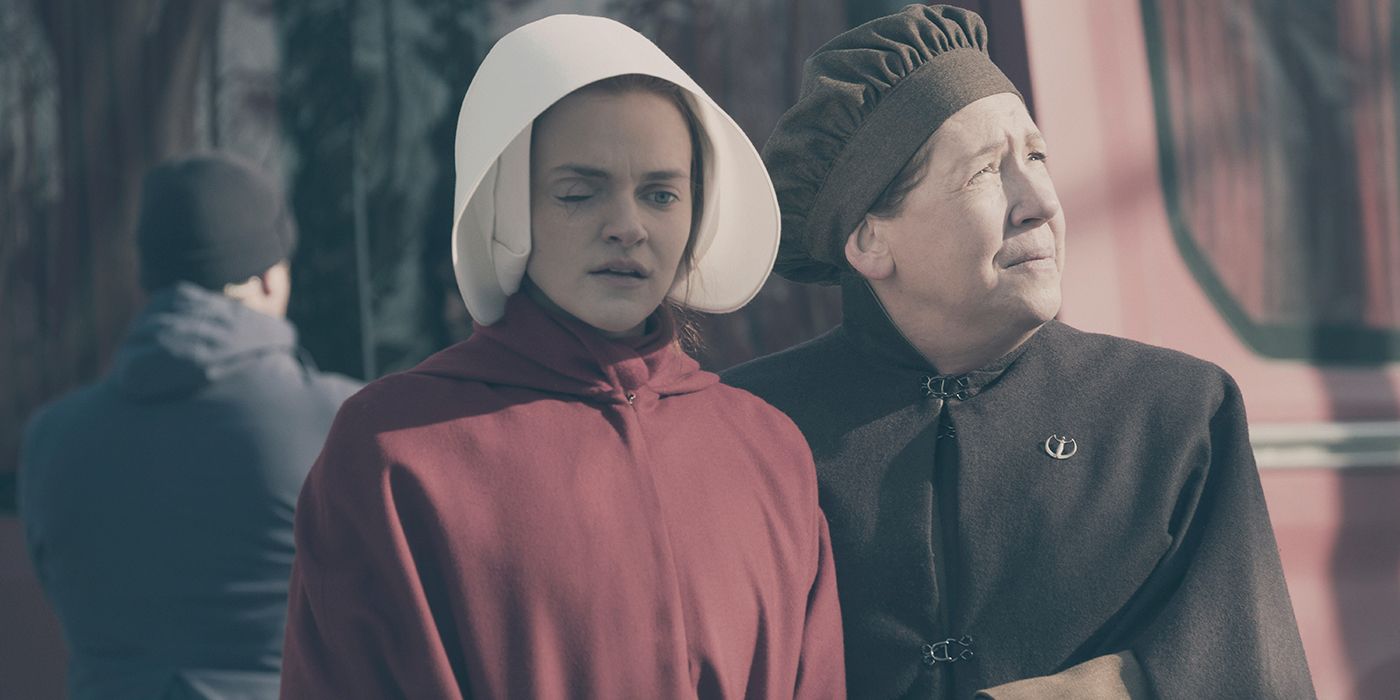
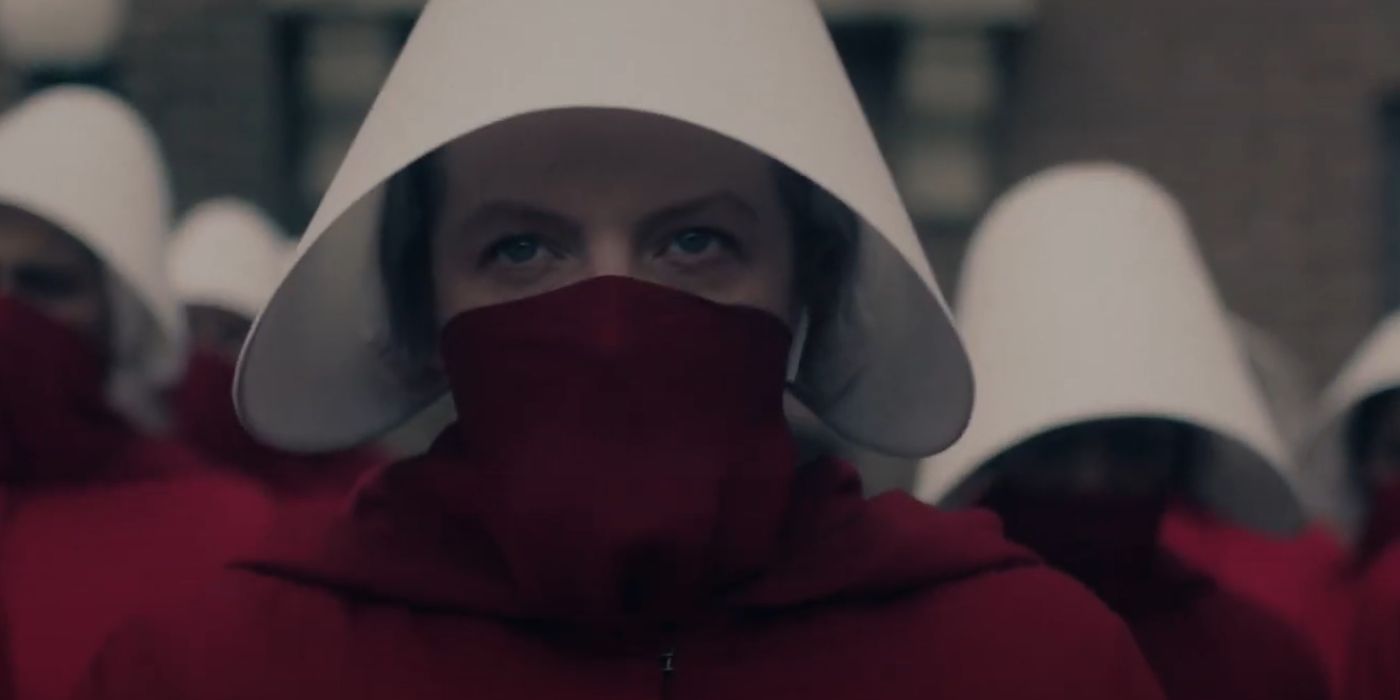
As a cinephile, I must say that the fleeting scene of those four little girls in their red coats during June’s pre-Gilead flashback is brimming with symbolism that grows more potent with every rewatch. The color red, which by Episode 5 has already become synonymous with the Handmaids’ grim existence, serves a purpose far beyond merely foreshadowing their attire. In this scenario, where it’s forced upon children, it acts as a near-subconscious blemish on innocence.
In this new world depicted, the color red symbolizes a future where women are valued solely based on their reproductive capabilities, while also being subjected to control and ritualization because of these biological aspects. The uniformity in their clothing serves as a chilling warning. It is revealed that Gilead, the society under scrutiny, is established upon the brutal suppression of individuality and freedom for women, enforcing conformity through distinct color-coded roles.
In that moment, I couldn’t help but see a glimpse of Gilead in its infancy. The sight before me made it clear that the oppressive ideology we witnessed was not an abrupt outbreak, but a cancer slowly growing within the fabric of society. These girls in their uniforms, seemingly ordinary even in times that appeared normal, served as a chilling premonition of a world where individual identity would be systematically erased and replaced by a controlled society. Although these young girls may not have been active agents in the early stages of Gilead’s rise, they stood as visual metaphors for a society subtly transforming. In this city street, signs of control over women and marking of children were becoming increasingly commonplace, to the point where they no longer caused widespread alarm.
In a striking manner, these stories echo each other as they both depict innocent childhood with a foreboding hue. For instance, the indelible image of the girl in the red coat from Schindler’s List serves as a poignant symbol of vulnerability amidst widespread cruelty. Similarly, the young girls in The Handmaid’s Tale, dressed in the ominous color of their suppression, embody a collective innocence that is precariously close to a dystopian reality. By employing the powerful imagery of red on youth, both narratives emphasize the erosion of human dignity and hint at grim destinies ahead.
The destiny of the series’ main character, June, immersed in the passion of her relationship with Luke, unfolds within a vibrant setting. Although the future she must face looms on the edge of her sight, her focus lies elsewhere, demonstrating how effortlessly the roots of dystopia can take hold ‘beneath one’s gaze.’ The purity symbolized by the red garments is not merely that of the young ones, but also the perilous innocence of a society (and June herself) oblivious to the impending red wave threatening to engulf every hue in her world.
Margaret Atwood’s Interpretation of Gilead’s Red
In the flashback scenes, the power of the red-clad soldiers transcends their role as a frightening portent within the storyline. As Margaret Atwood hints in her novel and the series illustrates, the use of red is no mere coincidence but is rooted deeply in historical and artistic contexts. In an interview, Atwood elaborated that historically, various shades of red have been utilized or connected with oppression and control in numerous ways. She stated:
“Historically, shades of red have been used or associated with oppression and control in many ways.
In addition to serving as a symbol for prisoners of war, the color red holds significant meaning in religious contexts, particularly with characters like Mary Magdalene who are often associated with fallen women or sinners. Fundamentally, it represents blood, signifying life, menstruation, violence, sacrifice, and frequently shame or illicit passion. By dressing the Handmaids in red and hinting at this earlier with the young girls’ clothing, the creators draw on these deeply ingrained cultural and psychological connections. This serves to emphasize that red is not just a uniform but a historically loaded emblem.
In the actual world, activists fighting for women’s rights, reproductive freedom, and against patriarchal dominance often employ the use of red during their protests. This color carries an immediate and undeniable message, as it symbolizes resistance against policies or beliefs that jeopardize women’s self-determination. The connection between resistance and color is not exclusive to our world. In Season 6, viewers witness the Handmaids, dressed in red, staging a full-blown rebellion against Gilead. This moment signifies a significant shift: the costume that once symbolized their oppression now serves as a tool for defiance.
The evolution of this fictional uniform, moving from Atwood’s book to the chilling imagery of a popular series, demonstrates the novel’s powerful influence. The flashback to June’s happier times, where her darkest future looms as an ominous innocence, serves as a poignant reminder for viewers about the delicate nature of freedom and liberty in our own world.
Read More
- PI PREDICTION. PI cryptocurrency
- Gold Rate Forecast
- WCT PREDICTION. WCT cryptocurrency
- LPT PREDICTION. LPT cryptocurrency
- Guide: 18 PS5, PS4 Games You Should Buy in PS Store’s Extended Play Sale
- Shrek Fans Have Mixed Feelings About New Shrek 5 Character Designs (And There’s A Good Reason)
- SOL PREDICTION. SOL cryptocurrency
- FANTASY LIFE i: The Girl Who Steals Time digital pre-orders now available for PS5, PS4, Xbox Series, and PC
- Playmates’ Power Rangers Toyline Teaser Reveals First Lineup of Figures
- Despite Bitcoin’s $64K surprise, some major concerns persist
2025-06-02 23:07
